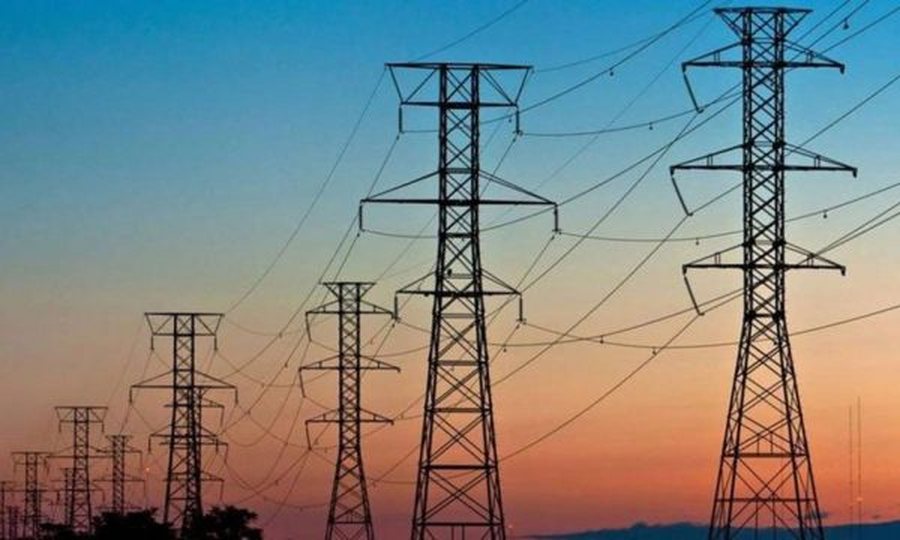
The Electricity Regulatory Office of Kosovo (ERO) announced on Friday that it has proposed increasing the price of electricity in the country by about 15 percent next month.
The energy regulator said on Facebook that, based on the results of its consultation report on maximum allowed revenues, the average increase in tariffs for consumers is expected to be another 15 percent and invited consumers for a public consultation.
She said that she will accept their comments and suggestions until March 28, before her board makes a final decision on increasing the price of electricity.
ERO conducts the annual review and setting of electricity tariffs, which are announced every April 1 and are valid until March 31 of the following year.
Weeks ago, three energy sector companies in Kosovo asked the energy regulator to increase the price of electricity tariffs.
The System, Transmission and Market Operator [KOST], the Kosovo Electricity Distribution Company [KEDS] and the Kosovo Electricity Supply Company [KESCO] requested an increase in electricity tariffs due to the import of electricity.
Last year, ERO reduced the price for commercial and industrial customers by 3 percent.
But, a year earlier, in 2023, tariffs increased by 15 percent for all categories of consumers.
Currently, for consumers who consume up to 800 kilowatt hours within a month, the price of electricity during the day is 7.79 cents per kilowatt, while for those who consume more than 800 kilowatts, the portion above this is calculated at a price of 14.45 cents.
From 10:00 PM to 7:00 AM, the price per kilowatt is 3.34 cents for those who spend up to 800 kilowatts and 6.81 cents for those who spend more.
In early March, former Minister of Energy, Ethem Çeku, warned Radio Free Europe that the increase in the price of electricity was inevitable.
In the interview with REL, he said that to reduce the amount of imports, Kosovo needs to increase domestic production, especially through alternative energy.
Kosovo is unable to meet the needs of its over 1.6 million inhabitants with electricity, so it imports from foreign exchanges.
The country has the capacity to produce about 800 megawatts of electricity per hour, while its needs, on winter days, reach up to 1,300 megawatts per hour.
One of the reasons for underproduction is the decades-old age of the Kosovo A and Kosovo B power plants.
Currently, over 20 percent of electricity in Kosovo is produced from alternative sources, such as hydroelectric power plants, wind farms, and solar panels.
Kosovo authorities have previously said that the goal is that after 2031, 35 percent of electricity will be generated from these sources.
Kosovo's Energy Strategy 2022-2031 focuses on investments in renewable energy, but part of it also includes the Kosovo A Power Plant, namely investments in at least one of its units or blocks./ REL (A2 Televizion)











